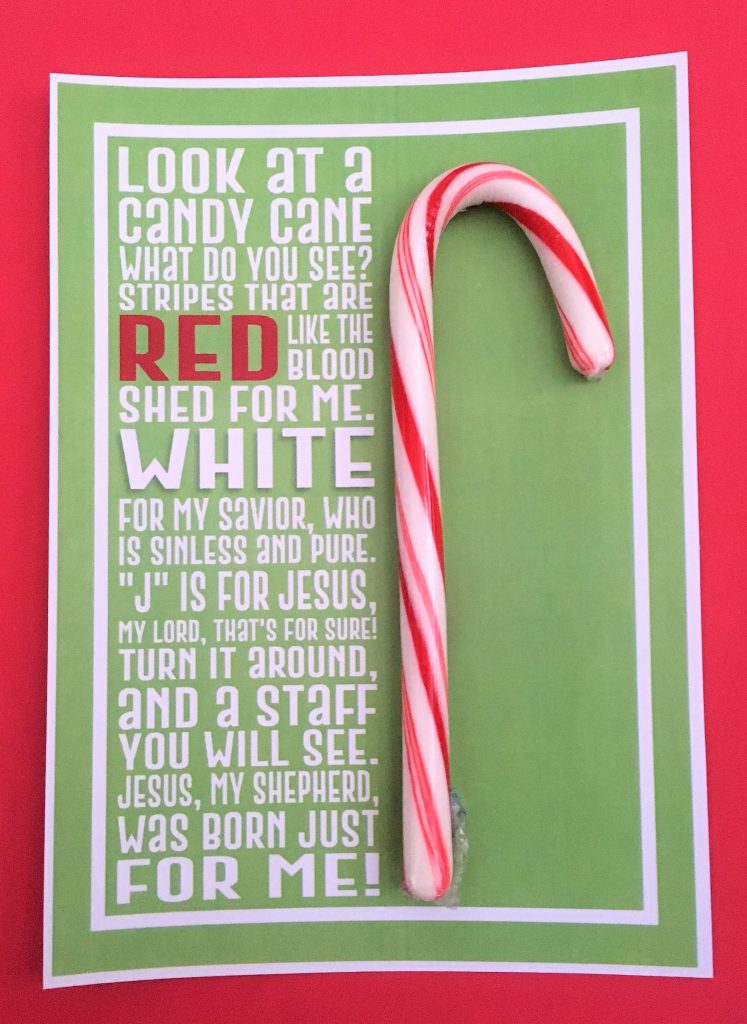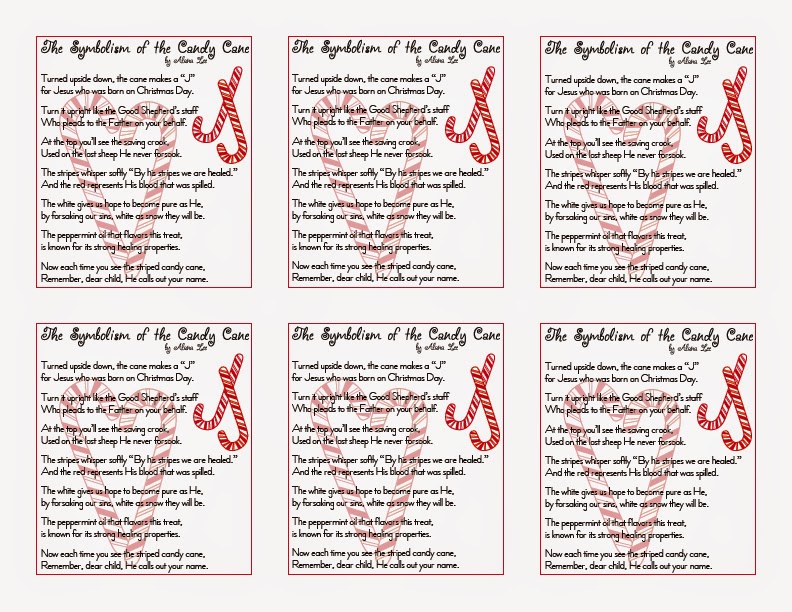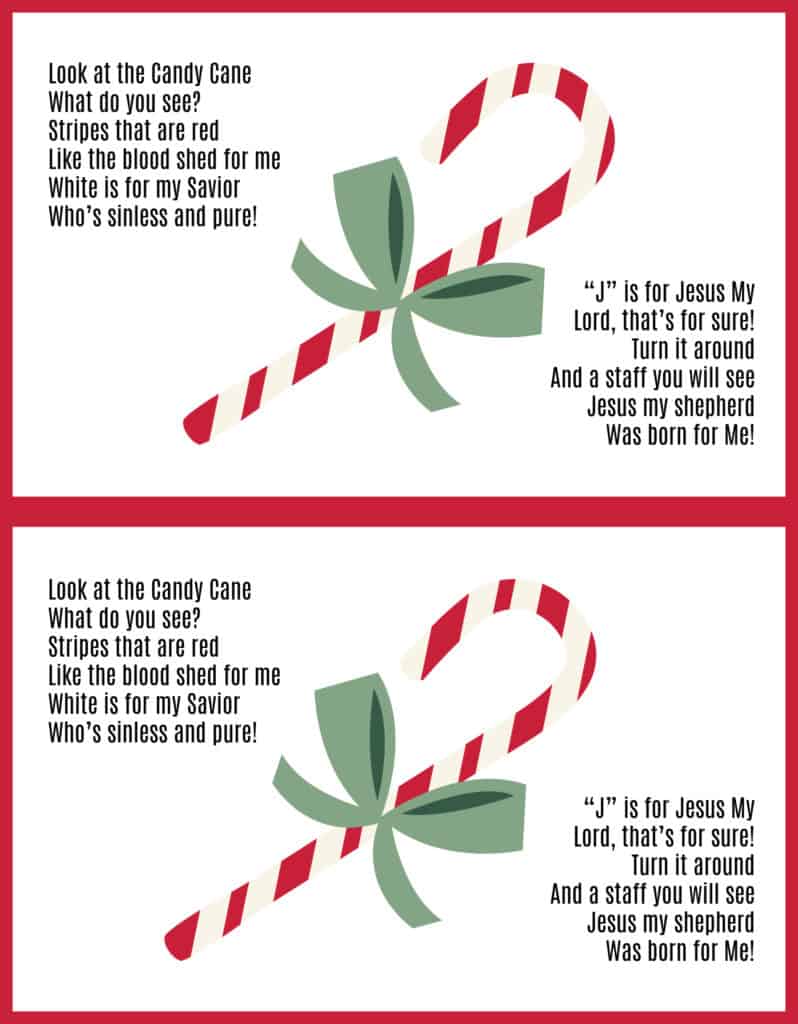It’s that time of the year again when everyone is getting into the holiday spirit! And what better way to celebrate than with some good old-fashioned candy canes? Not only are they delicious, but they also hold a special meaning. In this post, we’ll be exploring the legend of the candy cane and the different ways in which it has been interpreted.
The Legend of the Candy Cane
According to legend, the first candy cane was created by a German choirmaster in the late 1600s. He wanted to give his choir members something to keep them quiet during the long Christmas services. So, he created a candy cane in the shape of a shepherd’s staff, with the hook representing the Good Shepherd’s crook.
Over time, the candy cane became associated with Christmas and its meaning changed from simply being a sweet treat to being a symbol of the birth, life, and death of Jesus Christ. Here are some of the different interpretations:
The Shepherd’s Crook
 As mentioned earlier, the shepherd’s staff was the inspiration behind the candy cane. It represented the shepherds who visited the baby Jesus in the manger and recognized him as the Messiah. The staff was also a reminder that Jesus came to earth to be our shepherd and to guide us.
As mentioned earlier, the shepherd’s staff was the inspiration behind the candy cane. It represented the shepherds who visited the baby Jesus in the manger and recognized him as the Messiah. The staff was also a reminder that Jesus came to earth to be our shepherd and to guide us.
The Letter J
 Another interpretation of the candy cane is that it represents the letter J for Jesus. The white stripes on the cane represent his purity, while the red stripes represent his sacrifice on the cross. Together, the colors represent the salvation that Jesus offers to those who believe in him.
Another interpretation of the candy cane is that it represents the letter J for Jesus. The white stripes on the cane represent his purity, while the red stripes represent his sacrifice on the cross. Together, the colors represent the salvation that Jesus offers to those who believe in him.
The Blood of Christ
 Similar to the previous interpretation, the red stripes on the candy cane are said to represent the blood that Jesus shed on the cross for our sins. The white stripes, on the other hand, represent his purity and the fact that he was without sin.
Similar to the previous interpretation, the red stripes on the candy cane are said to represent the blood that Jesus shed on the cross for our sins. The white stripes, on the other hand, represent his purity and the fact that he was without sin.
The Holy Trinity
 Another interpretation of the candy cane is that it represents the Holy Trinity - the Father, Son, and Holy Spirit. The cane is shaped like a “J” to represent Jesus. When you turn it upside down, it forms a circle, which represents the Father and the Holy Spirit, who are eternal and have no beginning or end.
Another interpretation of the candy cane is that it represents the Holy Trinity - the Father, Son, and Holy Spirit. The cane is shaped like a “J” to represent Jesus. When you turn it upside down, it forms a circle, which represents the Father and the Holy Spirit, who are eternal and have no beginning or end.
Sweetness and Joy
 Of course, we can’t forget that candy canes are simply delicious! They’re sweet and bring joy to those who eat them. In this interpretation, the candy cane represents the sweetness and joy that Jesus brings to our lives. He is the reason for the season and the source of our happiness.
Of course, we can’t forget that candy canes are simply delicious! They’re sweet and bring joy to those who eat them. In this interpretation, the candy cane represents the sweetness and joy that Jesus brings to our lives. He is the reason for the season and the source of our happiness.
The Legend of the Candy Cane Poem
 In addition to the different meanings behind the candy cane, there is also a poem that has become associated with it. The legend of the candy cane poem tells the story of the candy cane and its various symbols. Here is a version of the poem:
In addition to the different meanings behind the candy cane, there is also a poem that has become associated with it. The legend of the candy cane poem tells the story of the candy cane and its various symbols. Here is a version of the poem:
“Look at a candy cane, what do you see?
Stripes that are red like the blood shed for me.
White is for my Savior, who’s sinless and pure.
J is for Jesus, my Lord, who’s for sure.
Turn it around and a staff you will see.
Jesus, my shepherd, was born for me!”
Printable Candy Cane Poem
 If you’re looking to incorporate the candy cane legend into your Christmas celebrations, there are many resources available online. One option is to print out the poem and hand it out to your friends and family. You can even color it in and make it a fun activity for kids!
If you’re looking to incorporate the candy cane legend into your Christmas celebrations, there are many resources available online. One option is to print out the poem and hand it out to your friends and family. You can even color it in and make it a fun activity for kids!
Candy Cane Poem Printable
 Another option is to use a printable candy cane poem, like the one pictured here. This one features colorful graphics and a larger font, making it easy to read and understand. You can print it out on cardstock and attach a candy cane to it for a festive touch.
Another option is to use a printable candy cane poem, like the one pictured here. This one features colorful graphics and a larger font, making it easy to read and understand. You can print it out on cardstock and attach a candy cane to it for a festive touch.
Conclusion
 As you can see, the candy cane holds a special meaning that goes beyond its delicious taste. Whether you interpret it as a symbol of the birth, life, and death of Jesus Christ or simply as a sweet treat that brings joy to your life, the candy cane is a beloved holiday tradition that we can all enjoy.
As you can see, the candy cane holds a special meaning that goes beyond its delicious taste. Whether you interpret it as a symbol of the birth, life, and death of Jesus Christ or simply as a sweet treat that brings joy to your life, the candy cane is a beloved holiday tradition that we can all enjoy.
So, go ahead and indulge in a candy cane (or two!) this holiday season. And as you do, remember the various interpretations and legends associated with this beloved treat.